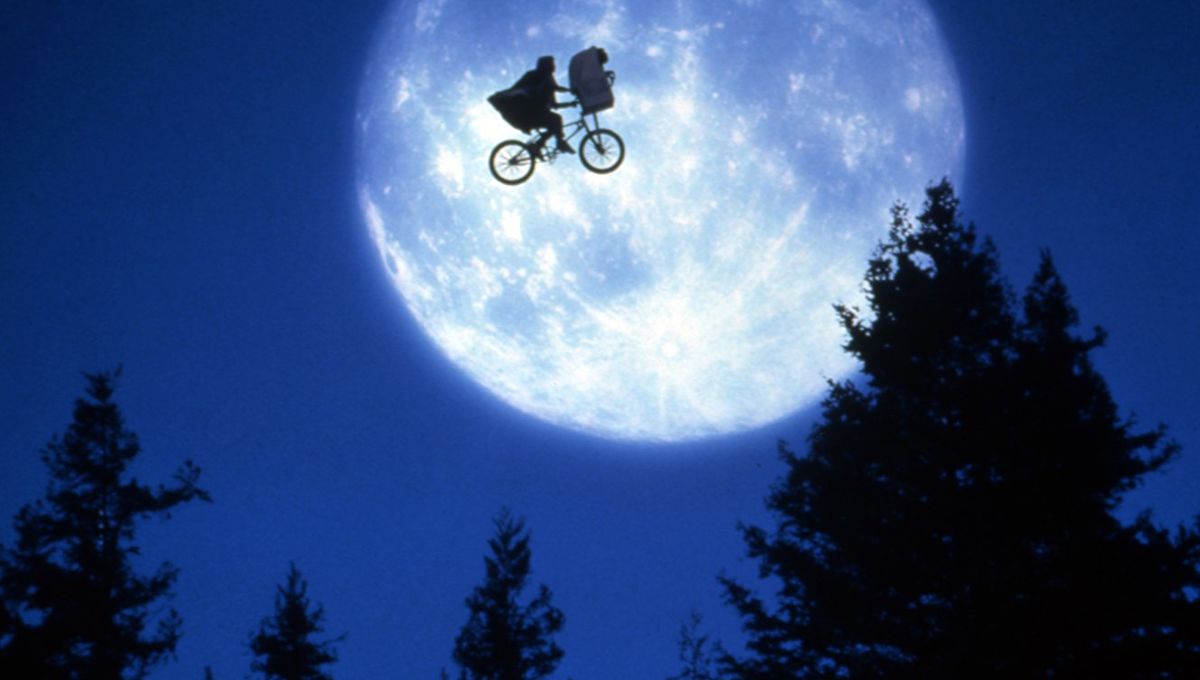You can’t spend a whole week talking about space and not mention Sci-fi. The two go hand in hand as generations of NASA scientists grow up watching Star Wars, Star Trek and a host of other fare that gets them excited about going where no man has gone before and exploring galaxies that are far, far away. Discovering non-mainstream Sci-Fi that appeals to you, that appeals to a particular niche interest that you may have, isn’t always easy though. Thankfully, there’s a new book recommendation engine that can help with that: the Science Fiction Concept Corpus.
As Wired explains, “AI Researcher Bethanie Maples has been reading science fiction since she was given a copy of Dune at 10 years old. Still, two decades and nearly 1,000 books later, the self-described sci-fi fanatic struggles to find books that delve into her most niche interests, like the link between AI and transhumanism. So last year, while working at Stanford’s Human Computer Interaction lab, she teamed up with data scientists Eric Berlow and Srini Kadamati to create a book recommendation tool based on more than 100 salient sci-fi themes, from hyperspace to magical feminism.”
Compiled from plot descriptions, book reviews, and user generated meta data tags the Corpus is capable of scanning a collection of over 2,600 hundred books written since 1900 to make relevant recommendations. But I can do you one better with a recommendation of my own: check out James Corey’s Hugo award winning Expanse series of novels and then check out the show, one of the greatest of all-time, on Amazon Prime!

Is the Science Fiction Concept Corpus the Greatest Idea Ever?









